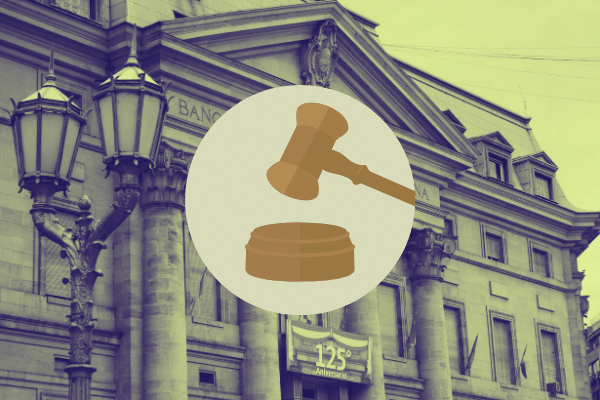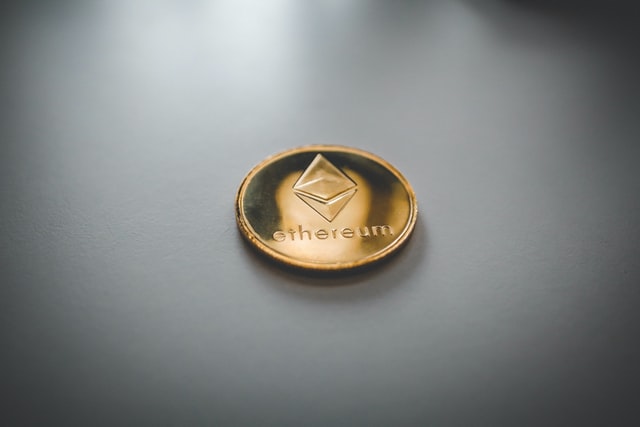
- Even though the worst markets are supposed to have havens, it’s increasingly apparent that this one doesn’t.
- For most investors though, the best thing may be to do nothing at all until conditions become more certain.
Many investors have taken to just ignoring their portfolios altogether, on concern that it will affect their psyche and ability to function day-to-day.
That may be a good choice.
Because even though the worst markets are supposed to have havens, it’s increasingly apparent that this one doesn’t.
The S&P 500, that benchmark of American industriousness and innovation, is down 16% and off to its worst start for a year since 1970, according to Dow Jones Market Data.
But stocks are hardly alone in hemorrhaging.
Gold, which is typically considered a haven, especially during inflationary periods, is lower now than it entered the year.
Bonds have been hammered alongside stocks, undermining their value in a typical 60/40 stock and bond portfolio mix that’s supposed to provide some degree of shelter in uncertain times.
A dash to cash seems less attractive when inflation acts as a wood worm, eating away at it at the rate of 8% per annum.
Real estate seems especially risky considering that borrowing costs are likely to start rising and prices have started to show signs of wavering.
And spreads for high-yield bonds are opening up, with higher interest rates raising the risk of the shakiest borrowers defaulting.
Even cryptocurrencies, which used to live in their own silo, have been crashed on the shore by the wave of policy tightening.
So were all of the gains illusory from the get go?
Was it the case that the only reason everything was worth anything was because the Fed was funding it?
Nobody knows and it seems as if the best thing to do at the moment is just sit tight.
Even as some investors cut losses and sell, they’re having difficulty knowing where to deploy their money next.
Some are doubling down, dollar-cost averaging, whereas others are holding on because they can’t think of anything better to do and the data seems to support that.
A recent Bank of America analysis reveals that outflows from stock funds have been relatively benign, estimating that for every US$100 poured into the stock market since the start of 2021, just US$4 has been pulled out to date.
So investors aren’t panicking, but it could also be that they’re paralyzed until they do start panicking.
By way of comparison, during the height of the pandemic, fear gripped the market so that US$61 was pulled for every US$100 invested while during the 2008 Financial Crisis, investors deleveraged and US$113 was withdrawn for every US$100 put in.
Investors are having to grapple with the two emotions that all investors have to contend with – fear and greed.
Fear that they could lose more is making investors search for safe places to park their money, for which there are almost none, and greed which desires market returns over the rate of inflation but are riskier.
For most investors though, the best thing may be to do nothing at all until conditions become more certain.



